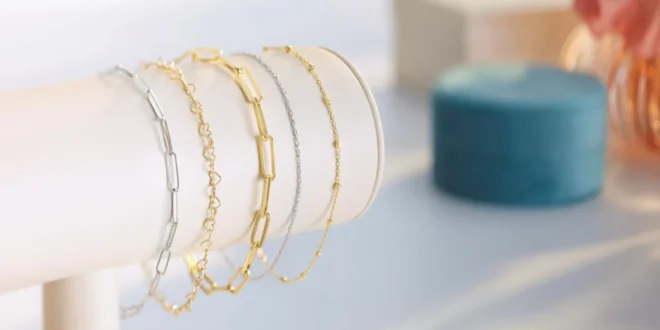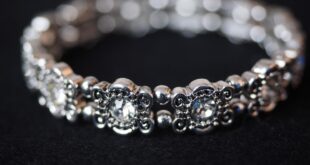When you think about jewelry, you probably picture shiny rings or gaudy necklaces from your favorite mall store.
But let’s take a moment to appreciate something with a bit more depth. I’m talking about Lebanese jewelry. Yes, Lebanon – not exactly the first country that pops into your mind when you think “bling,” but trust me, it should be.
Ancient Roots, Modern Sparkle
Lebanese jewelry isn’t just a collection of pretty trinkets. It’s a history lesson, a cultural narrative, and a testament to the region’s artistry.
The designs often trace back to Phoenician times, way before TikTok made everything disposable. Imagine owning a piece that has its roots in a civilization that invented the alphabet. That’s some serious cred for your jewelry box.
The Influence of Phoenicians
- Trading prowess ─ The Phoenicians were the OG merchants. They traded extensively across the Mediterranean, bringing in influences from Egypt, Greece, and Mesopotamia. Their jewelry reflects this melting pot of cultures.
- Techniques and materials ─ They used gold, silver, and precious stones, but it wasn’t just about the materials. They had intricate techniques like granulation and filigree. You probably think your Pandora bracelet is fancy. Think again.
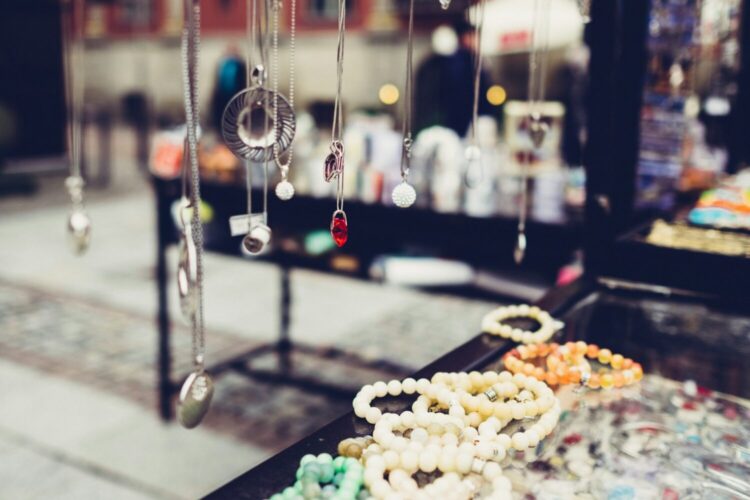
Ottoman and Byzantine Influences
Fast forward to the Byzantine and Ottoman eras. You can still see their marks on contemporary Lebanese jewelry.
The intricate patterns and elaborate designs are reminiscent of Byzantine mosaics and Ottoman opulence. You can thank them for the excessively ornate pieces that scream “I’m worth it.”
The Modern Artisans
Modern Lebanese jewelers are no slouches either. They blend tradition with contemporary styles. Let’s face it, some traditions could use an update, and Lebanese artisans know how to do it right.
Notable Names to Know
- Azza Fahmy ─ Although Egyptian, her work is heavily inspired by the entire region, including Lebanon. Her pieces are a marriage of historical context and modern design.
- Nada G Fine Jewelry ─ Nada Ghazal’s work is a testament to the evolving nature of Lebanese jewelry, fusing contemporary design with traditional motifs.
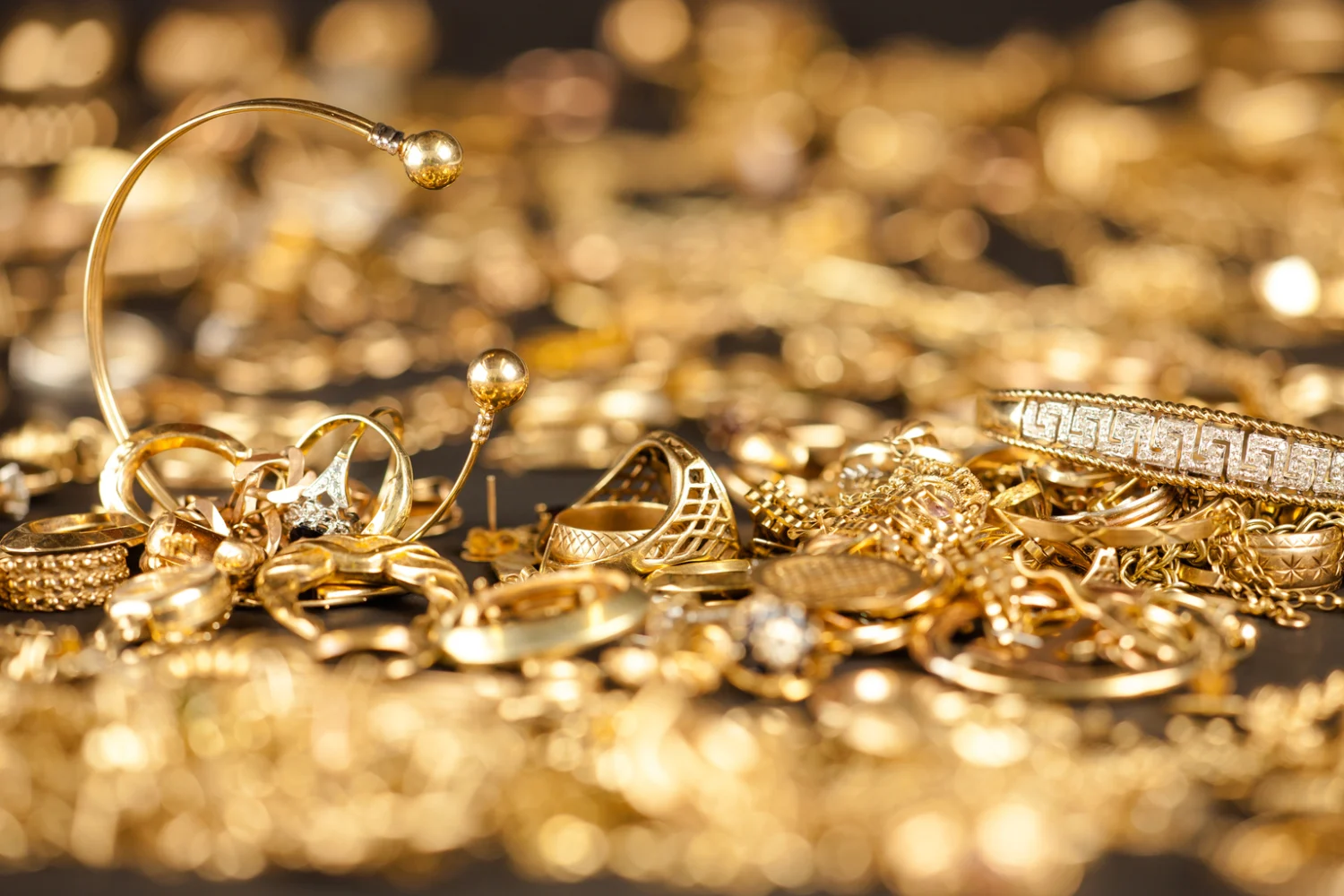
Symbolism and Meaning
Jewelry isn’t just about looking good, though that’s a nice bonus. It’s loaded with symbolism. Ever heard of the hand of Fatima?
It’s a common motif in Lebanese jewelry, believed to ward off evil. Wearing it is like having a stylish security system around your neck.
Common Motifs
- Hand of Fatima (Hamsa) ─ Protection from the evil eye.
- The Cedar Tree ─ A symbol of endurance and immortality, because who doesn’t want their bling to scream “I’m eternal.”
- Stars and Crescent Moons ─ Representing guidance and protection.
Why Should You Care?
Look, I get it. Your jewelry box is already overflowing with last season’s must-haves. But Lebanese jewelry isn’t just about keeping up with trends. It’s about owning pieces with a story, a heritage.
When you wear a piece of Lebanese jewelry, you’re not just accessorizing. You’re making a statement that says, “I appreciate art, history, and craftsmanship.” And let’s be honest, it makes for a killer conversation starter at parties.
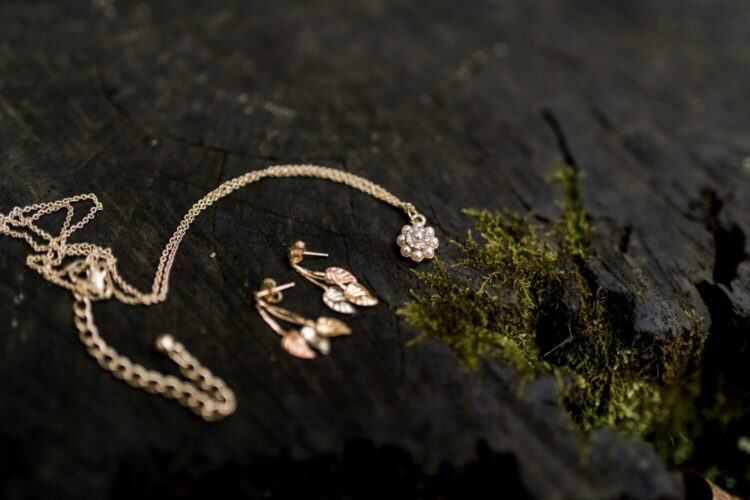
What to Look For
- Craftsmanship ─ Genuine pieces are meticulously crafted. If it looks like it was made in a sweatshop, it probably was.
- Materials ─ Authentic Lebanese jewelry uses high-quality metals and stones. If someone tries to sell you a “Lebanese” piece made of plastic, run.
- Design ─ Look for traditional motifs. If it’s got a Minion on it, you’ve been duped.
Summary
Lebanese jewelry is more than just an accessory. It’s a piece of history, an artwork, a cultural artifact.
So, next time you’re shopping for jewelry, skip the chain stores and consider something with a little more soul. Trust me, you’ll absolutely love it.
 Hi Boox Popular Magazine 2024
Hi Boox Popular Magazine 2024
